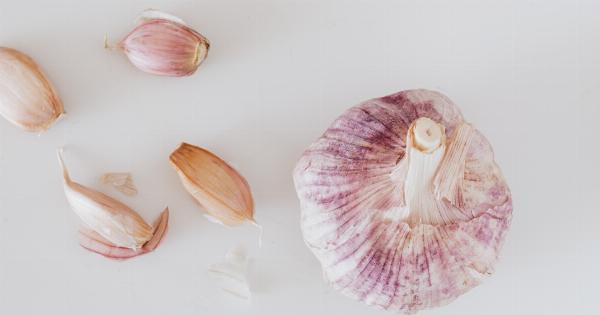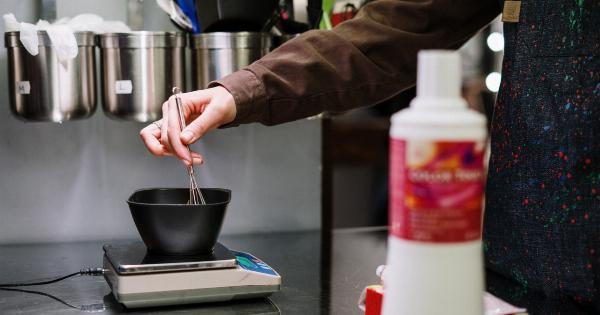Sourness is one of the five basic tastes that our palate can perceive. Some people enjoy sour flavors, while others find them overwhelming or unpleasant.
If you have ever wondered why some individuals have higher resistance to sourness than others, this article will help uncover the area of your palate that indicates your resistance to sourness.
The Sensation of Sourness
Before we dive into understanding the different levels of resistance to sourness, let’s briefly explore what sourness is. Sourness is the taste that detects acidity in foods and drinks.
It is often associated with tartness, tanginess, and a slightly acidic or sharp flavor.
The Role of Taste Buds
Taste buds are the sensory organs located on the papillae of our tongues. These tiny structures contain taste receptor cells that are responsible for detecting different tastes, including sourness.
Taste receptor cells send signals to the brain, allowing us to perceive and distinguish flavors.
Variations in Taste Sensitivity
Individuals vary in their taste sensitivity, including their resistance to sourness. Some people have a higher threshold for detecting sourness, while others are more sensitive to even mild acidic flavors.
Taste Genetics
One of the primary factors influencing our taste sensitivity is genetics. Studies have shown that some individuals may possess genetic variations that make them more or less sensitive to certain tastes, including sourness.
The Supertaster Phenomenon
Supertasters are individuals who have an unusually high number of taste buds. This increased density of taste buds can make them particularly sensitive to taste stimuli, including sourness.
Pucker Up! The Sourness Test
If you have ever puckered your lips or felt a tingling sensation in your mouth when consuming sour foods, it indicates that you are more sensitive to sourness.
On the other hand, if you hardly notice any puckering sensation or feel less intensity, you likely have a higher resistance to sourness.
Location of Sourness Receptors
To uncover the area of your palate that indicates your resistance to sourness, pay attention to the sides of your tongue towards the back. This is where most of the taste buds responsible for detecting sourness are located.
If you have more taste buds in this area, you are likely to be more sensitive to sourness.
Chemical Reactions and Sensitivity
Sourness is detected when acids in foods or drinks come into contact with taste buds. The strength of the chemical reactions taking place between the acids and the taste buds can influence our perception of sourness.
Those with a higher resistance to sourness tend to have taste buds that are less susceptible to these reactions.
The Role of Saliva
Saliva plays a crucial role in determining our resistance to sourness. It helps dilute the acids present in sour foods and drinks, reducing their intensity. Individuals with a higher saliva flow rate or saliva pH may have a higher resistance to sourness.
Cultural and Environmental Factors
We must also consider that cultural and environmental factors can influence our tolerance for sour flavors. In some cultures, sour foods are consumed regularly and are an acquired taste, leading to increased resistance to sourness.
Conclusion
Understanding your resistance to sourness can help you navigate food choices and appreciate the flavors you enjoy the most.
While genetics and taste buds play a significant role in determining our sensitivity to sourness, it is worth noting that preferences for various tastes can develop and change over time.



























